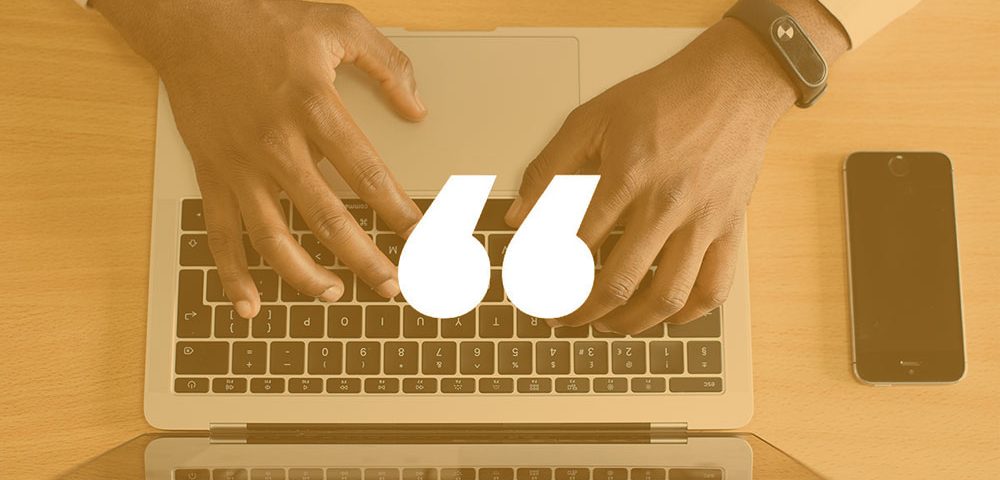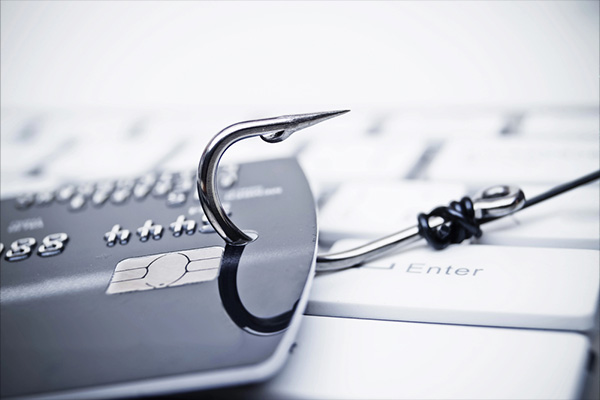The Importance of Disaster Recovery Plans for Remote Workers

Streamline Your Business: Advantages of Managed Hosting
May 29, 2020
Scale Your Business – Benefits of Utilizing the Cloud
July 24, 2020Massive lockdowns were enforced globally due to the Covid-19 pandemic. Businesses and organizations required employees to quickly adapt to new remote work scenarios. While this protects the health and safety of workers, businesses and their data have proven to be more at risk than before. During these times, disaster recovery plans for remote workers are vital.
Without the protection of security programs and walls in-office, cyberattacks are much more likely to occur while at home. Valuable data and information are now threatened.
Take a look at the numbers
Statistics show that as of May 2nd, the FBI reported nearly a 300% increase in reported cybercrimes. In addition to this, according to the COVID-19 Cyber Threat Coalition, there are approximately one hundred million indicators of cyber compromise each day.
Before the outbreak of COVID-19, it was already a struggle for businesses to ensure the safety of important information, passwords, and company data. Now, with the addition of millions of remote workers and only 41% of companies reported to utilize best practices to ensure a secure remote workforce, it has only become an even harder feat.
Why now?
Cybercriminals are using the opportunities that have surfaced amid the pandemic. Aware that people want news on the progression of the virus, attackers have used this to their advantage. 32% of cybersecurity professionals say the biggest threat is fraudulent websites claiming to offer resources on COVID-19. This is an exploitation of the vulnerabilities of remote workers, operating on their fear and demand for news. Updates on the virus tend to get clicks, even the made-up ones.
In addition to fake links, buttons, resources, and emails, another contribution to the increased number of cyberattacks would be the increased usage of online platforms necessary for remote work such as Zoom, Microsoft teams, VPNs, and other web-based management platforms. According to AVAST, Zoom is making strides towards better security for remote workers and students, but until then we must stay vigilant and prepared.
Disaster recovery as a solution
In order to catch a problem before it becomes an irreversible security issue, it’s important to be aware of a few signs of a cyber breach. According to Forbes, the Global Cyber Center of NY partnered with Cyber Ladies for a cybersecurity event to discuss just that.
4 signs of a cyber breach during remote work:
- New programs that were not installed appear.
- The computer slows down.
- Strange pop-up ads appear on the screen.
- Loss of control of the mouse or keyboard.
In the event of an incident, having a Disaster Recovery plan in place is essential. Acting as a new tech environment, a successful DR service allows an organization and its users to continue with daily business processes while the primary system undergoes repair. A total system backup would be in place, allowing for your business to operate as usual.
SingularisIT takes a “not if, but when” approach when it comes to a disaster recovery plan for your business. Especially now, viruses, ransomware, and malware can destroy not only your ability to produce paying work, but your reputation as well.
At SingularisIT, we take control of the disaster recovery process through our DRaaS (disaster recovery as a service). Our services enable us to fully replicate and backup all of your company’s data and applications while also serving as a secondary infrastructure. We pride ourselves on the fact that we create flexible Disaster Recovery plans that can be tailored to your specific requirements. Learn more about how SingularisIT can assist your business and contact us to secure your best IT solution today!


